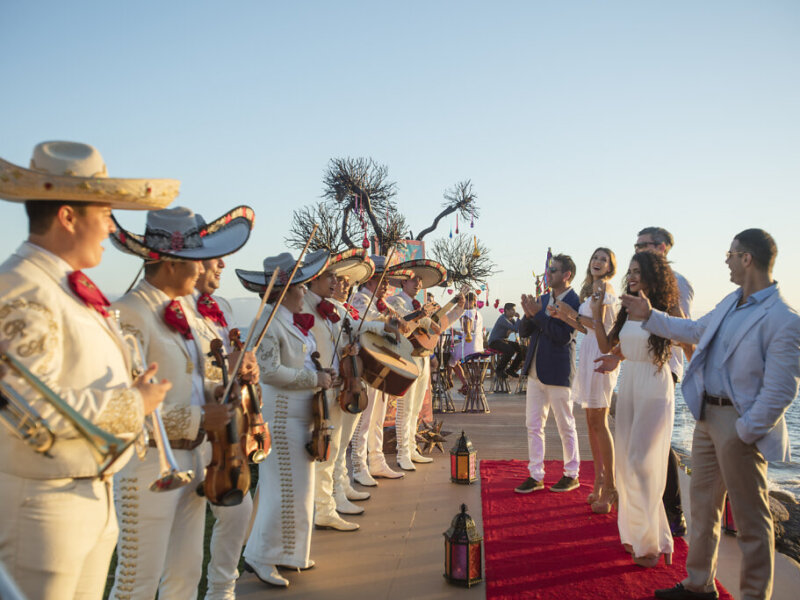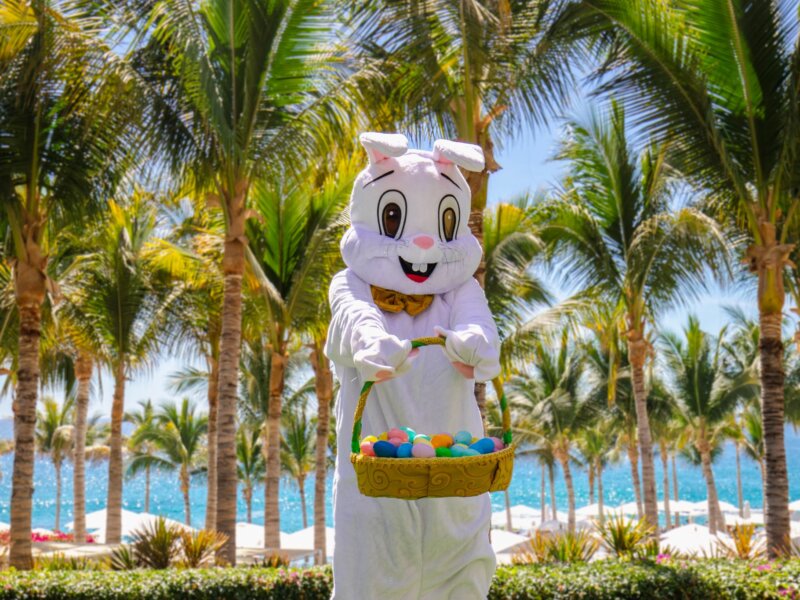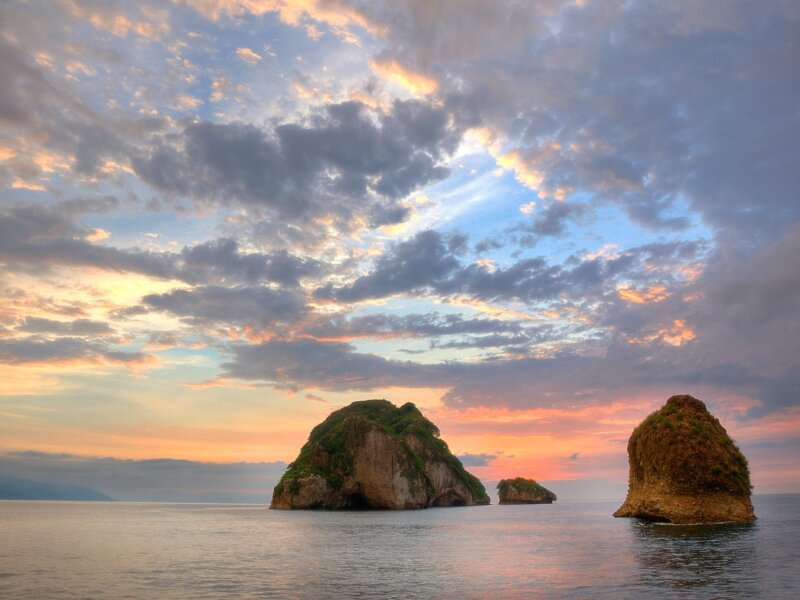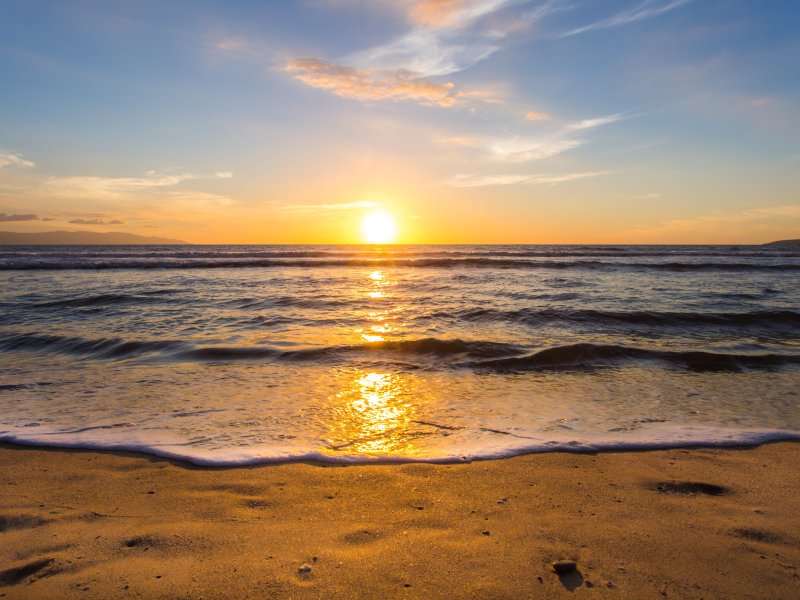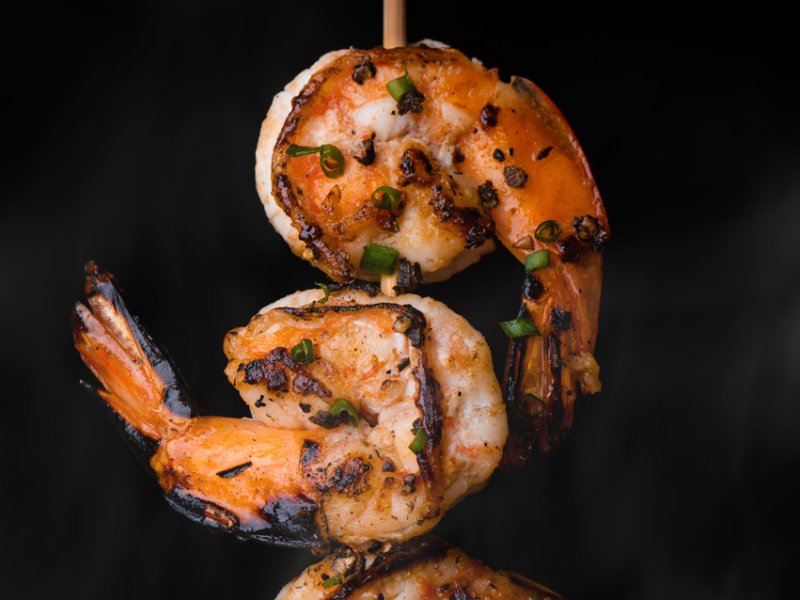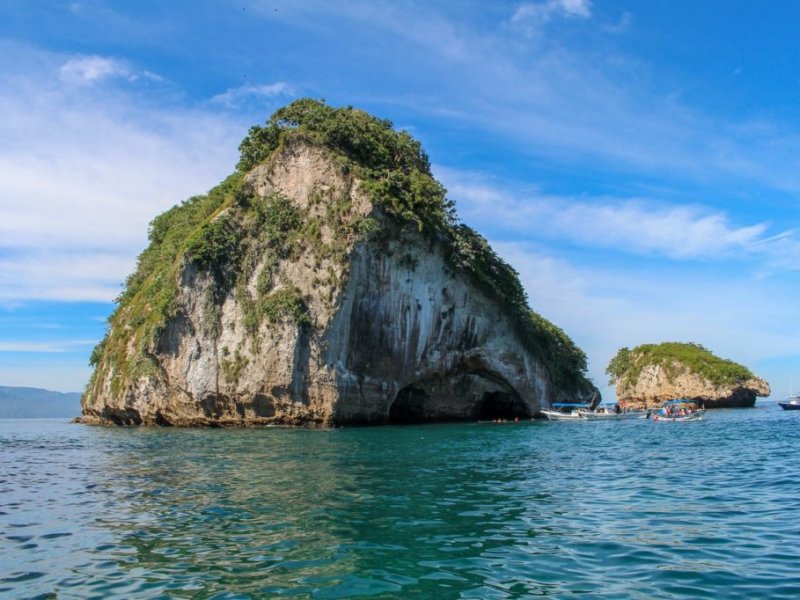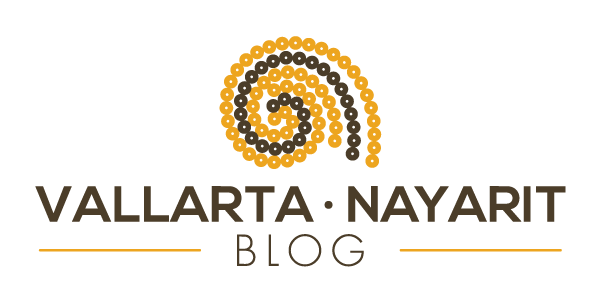A Brief Tour of Puerto Vallarta’s Malecón
By Verónica Toro
Surely millions of Mexican and international tourists wonder about the meaning of the sculptures placed on the boardwalk, or malecón in downtown Puerto Vallarta. It is one of the most visited places in the city. 24 hours a day, 365 days a year, this attractive marketplace right on the beach is called an “open museum” and is precisely that- an artistic display along the entire avenue.
Los Arcos are located in the southern part of the malecón. Originally constructed of pieces brought from a colonial-era hacienda in Guadalajara, Hurricane Kenna demolished the first set of arches in October 2002. Those that exist now are artistic replicas, and are next to the Aquiles Serdan amphitheater; a space used for festivals and cultural events.
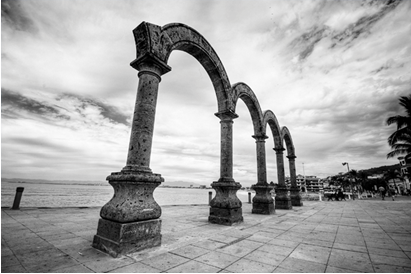
The famous Arcos of Vallarta by Miguel Naranjo
Farther down the malecón is the Fountain of Friendship, made by James Bud Bottoms and donated by Santa Barbara, California as a symbol of the sisterhood between the two cities. According to the legend of the indigenous Chumash people, Mother Earth (called “Hutash”) realized that her children were multiplying so much that it was practically impossible to have them all on one island. She created a rainbow to connect them to the nearest continent. Her only condition was that they could not look down, because this would cause them to fall into the sea, which several disobeyed. To solve the problem and avoid the death of all of them, Hutash turned them into dolphins. Another version of the story goes tells of castaways who were saved by friendly dolphins.
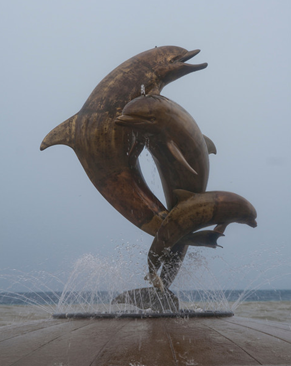
The Fountain of Friendship by James Bud Bottoms
Poseidon (the Greek god of the sea) and Nereid (daughter of Nereus and Doris), are part of one of the older works that remain intact. It was made by Carlos Espino in 1990 and is a clear representation of Greek mythology, with bodies designed as mermaids; half human and half fish. It is related to love, desire and passion, as these two characters reach to join hands.
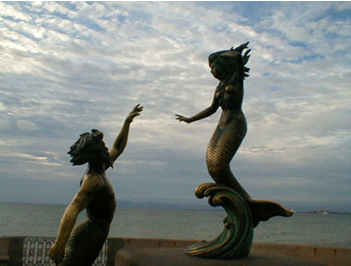
Poseidon and Nereid have been on the malecón since 1990
Another attraction for tourists is the The Seahorse. This sculpture is normally located in the Olas Altas area but has been knocked down twice by storms and hurricanes. Both times the work of art was found almost entirely intact. However, the original sculptor, Rafael Zamarripa, was asked to create a larger replica than what can currently be seen on the malecón. The original piece is now at Los Muertos beach, so there are now two seahorses on display.
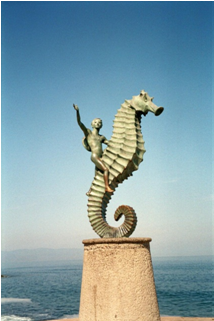
The Seahorse – Rafael Zamarripa
The ladder, inaugurated in 1999 by Sergio Bustamante, represents the search for reason, with several human figures looking toward the sky. It is one of the most visited, as it is located in the heart of the malecón, and people can join in the search along with the three curious characters. The ladder has space for climbing.
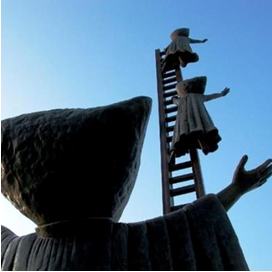
The Ladder, by Sergio Bustamante
Jonas Gutierrez created the “Stone Eater” out of obsidian and bronze. Inaugurated in 2006, it is just over two meters in height. This sculpture represents childhood- those stages of growth in which humans discover the different elements of life (earth, water, air and fire).
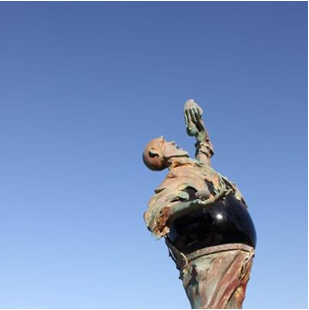
The Stone Eater by Jonas Gutierrez
La Rotonda del Mar or The Magicians is the work of Alejandro Colunga, in which fantastical figures are combined with humans. It is a style often referred to as “hybrid and surreal”. In its forms are fusions of animals, people and objects. It is also one of the most treasured by travelers, as it allows them to sit on the characters, creating a greater connection with the art.
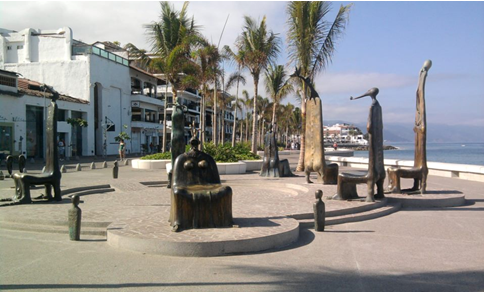
The Magicians, by Alejandro Colunga
This was the first sculpture on the malecón, inaugurated in 1984. Ramiz Barquet transmitted his story of love in this work, which he called “La Nostalgia”. It is a couple looking to the horizon and the sea, in the same direction. Barquet and his wife agree that it is a very romantic work and hope that it evokes the same feeling in others as it does for them.
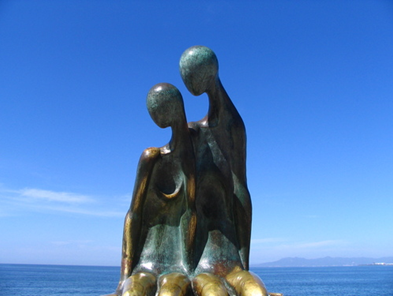
La Nostalgia, by Ramiz Barquet
Inaugurated in October 2001 and created by Mathis Lidice, The Millennia shows two men and a woman intertwined. It reflects the passage of time. They are carried in a wave, which brings torrents of DNA, symbolizing the origin of life. The woman’s figure at the upper edge holds a dove of peace, and the ultimate message speaks of the evolution and hope of all humanity.
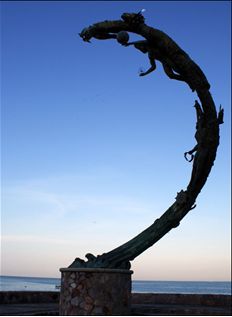
The Millenia, by Mathis Lidice.
The Unicorn of Good Fortune is one of the latest works on the malécon. Presented in 2011 and built by Anibal Riebeling of Guadalajara. It measures approximately three feet in height, and its style is curving and slightly abstract, to represent a fantasy character with a long, smooth figure. As its name implies, this figure can bring luck and fortune.
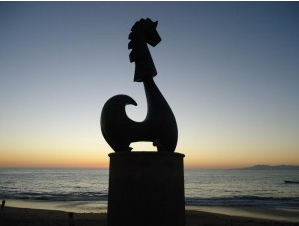
The Unicorn of Good Fortune, by Anibal Riebeling.
Pedro Tello is the creator of Origin and Destination, a work originally made of eight pieces, of which five are displayed. It is the representation of humanity (the boat), music, time (the hourglass), knowledge and the imbalance of life (the chimera). The whale symbolizes man in the new millennium.
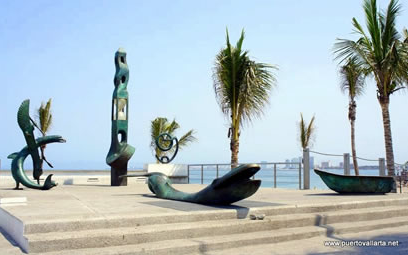
Origin and Destination, by Pedro Tello
There are also sand sculptures along the malécon. They are made by talented street artists who seek only small donations for their effort and perseverance in the construction of these giant, creative and entertaining sculptures.
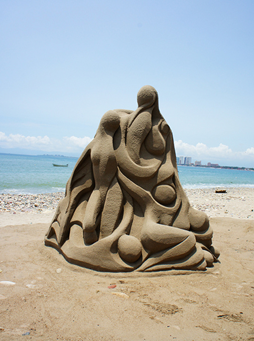
Example of a sand sculpture.


